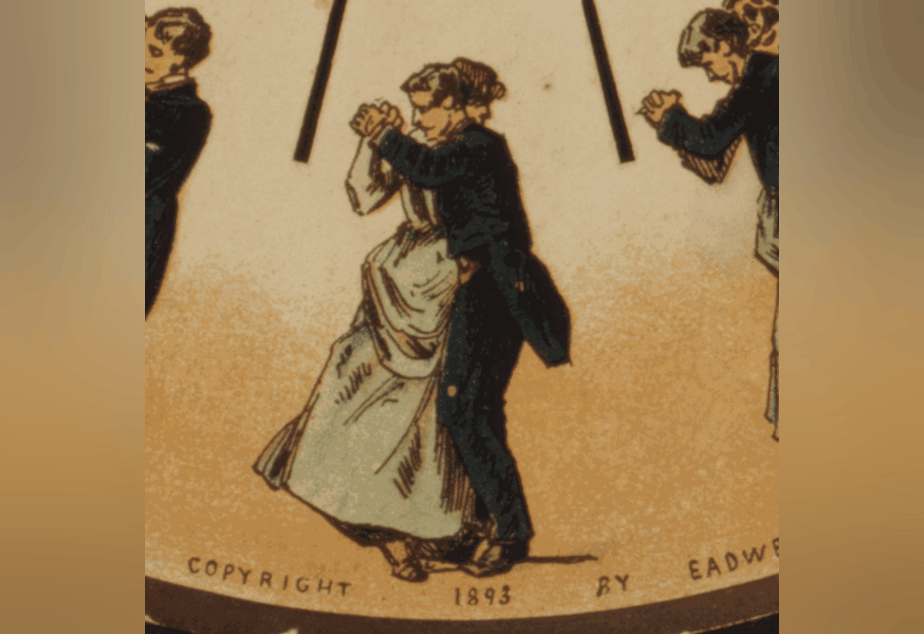How The Waltz Came To America (And Pop Music)

Almost every partner dance is a descendant of the waltz.
The oldest of ballroom dances, the waltz has roots as far back as the 13
th
century. As it evolved and entered the ballrooms of Europe, the waltz was viewed as taboo because partners were permitted to make contact. But like the tango and other exciting and challenging dances, the waltz spread until by the middle of the nineteenth century it was firmly established in the U.S.
Today’s standard waltz rhythm that we now know and love became popular due to the musical creations of composers such as Johann Strauss.
Sponsored
Strauss’ 1866 "Blue Danube" is easily the most recognizable waltz today. In its classical form, its still a standard ballroom favorite. But it also has a jazz connection: Swinging to this classic was popular in the 1930s as the new style was emerging.
"Blue Danube" was adapted by Tommy Dorsey’s orchestra in this 1937 version:
American popular music soon developed its own distinct waltz classics, such as Russ Morgan’s 1949 monster hit "Cruising Down The River;" the multimillion-seller "Tennessee Waltz" from 1950; and "Que Sera Sera," from the Hitchcock film "The Man Who Knew Too Much," which won the 1956 Academy Award for Best Original Song.
Sponsored
And the waltz continues on. Big time performers such as Tom Waits, Nick Cave, The Pogues and Kermit The Frog have recorded signature songs in waltz time. Beloved Northwest musician Elliot Smith hit a nerve with audiences in 1998 with Waltz #2:
So next time you find yourself swaying to a familiar melody, count it off. You may be surprised to discover it’s a waltz tune disguised as pop. And listen for waltzes of the 1940s and 1950s this Saturday on The Swing Years.

